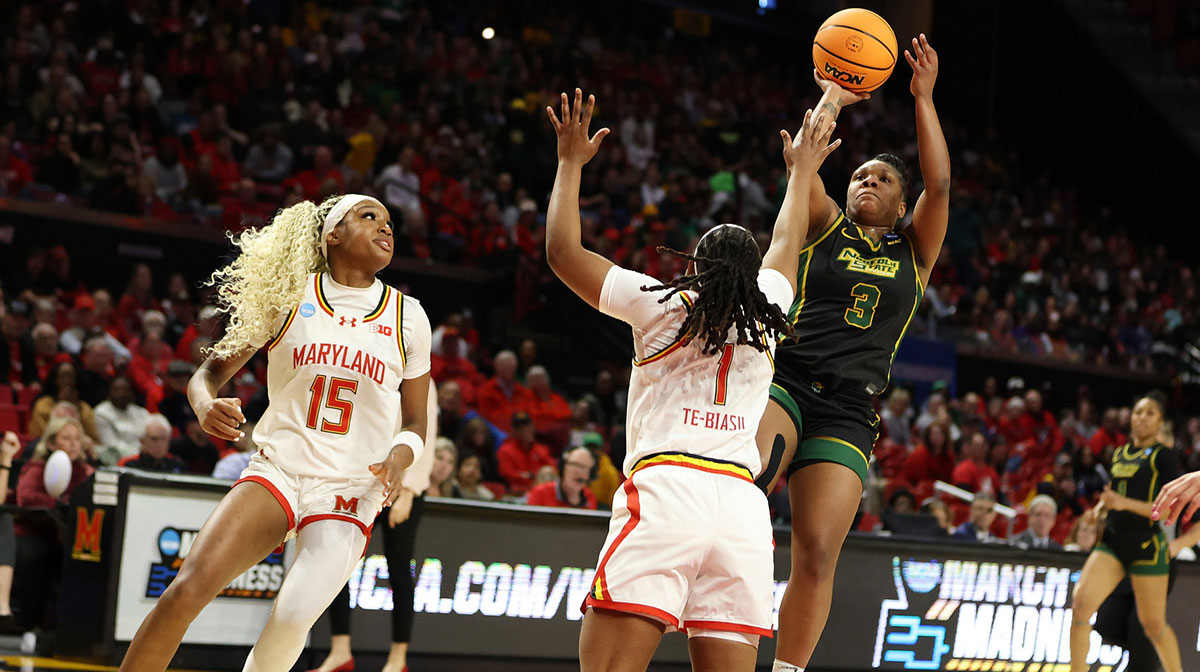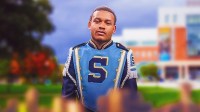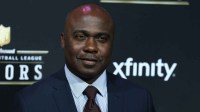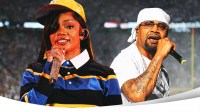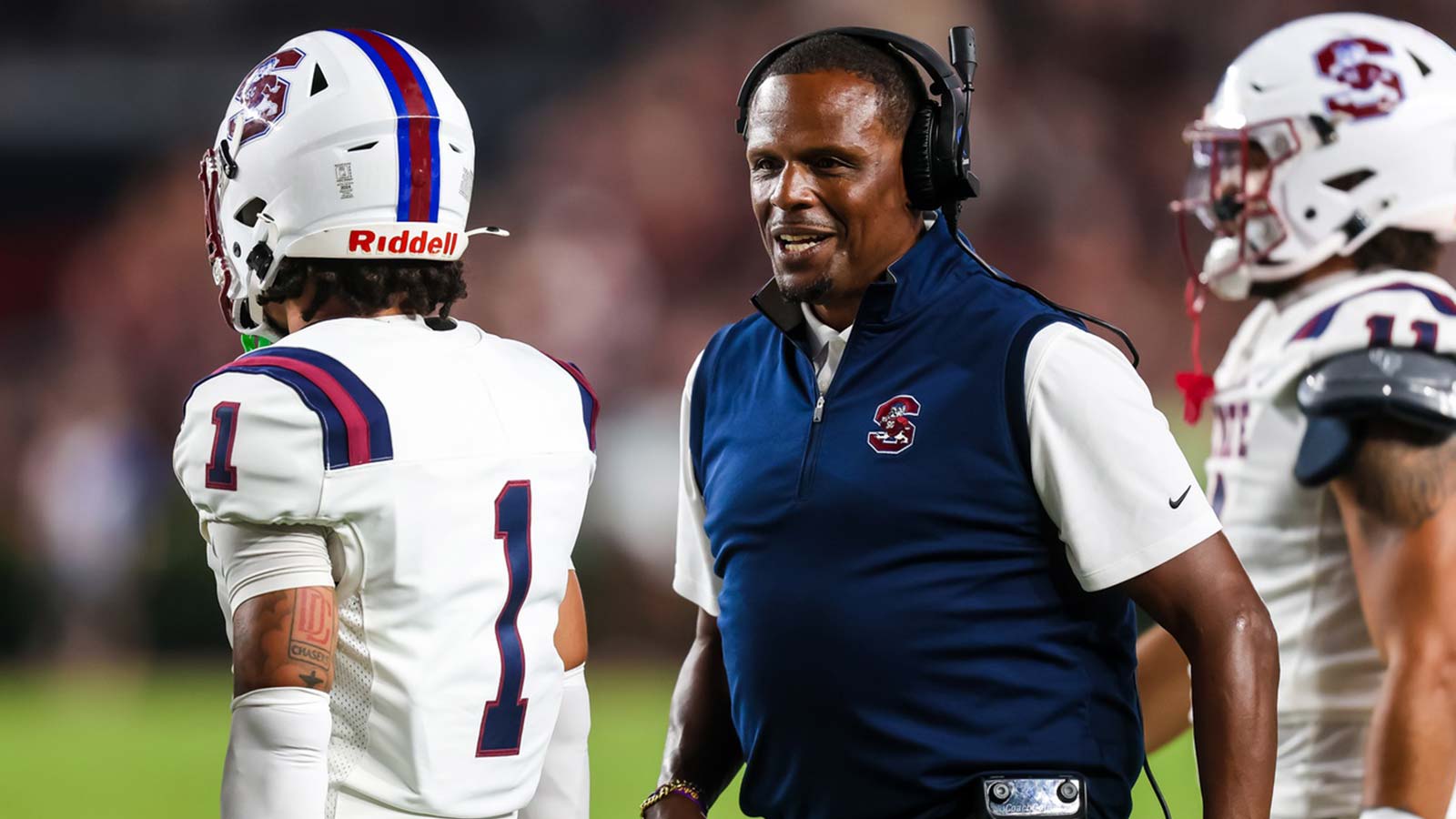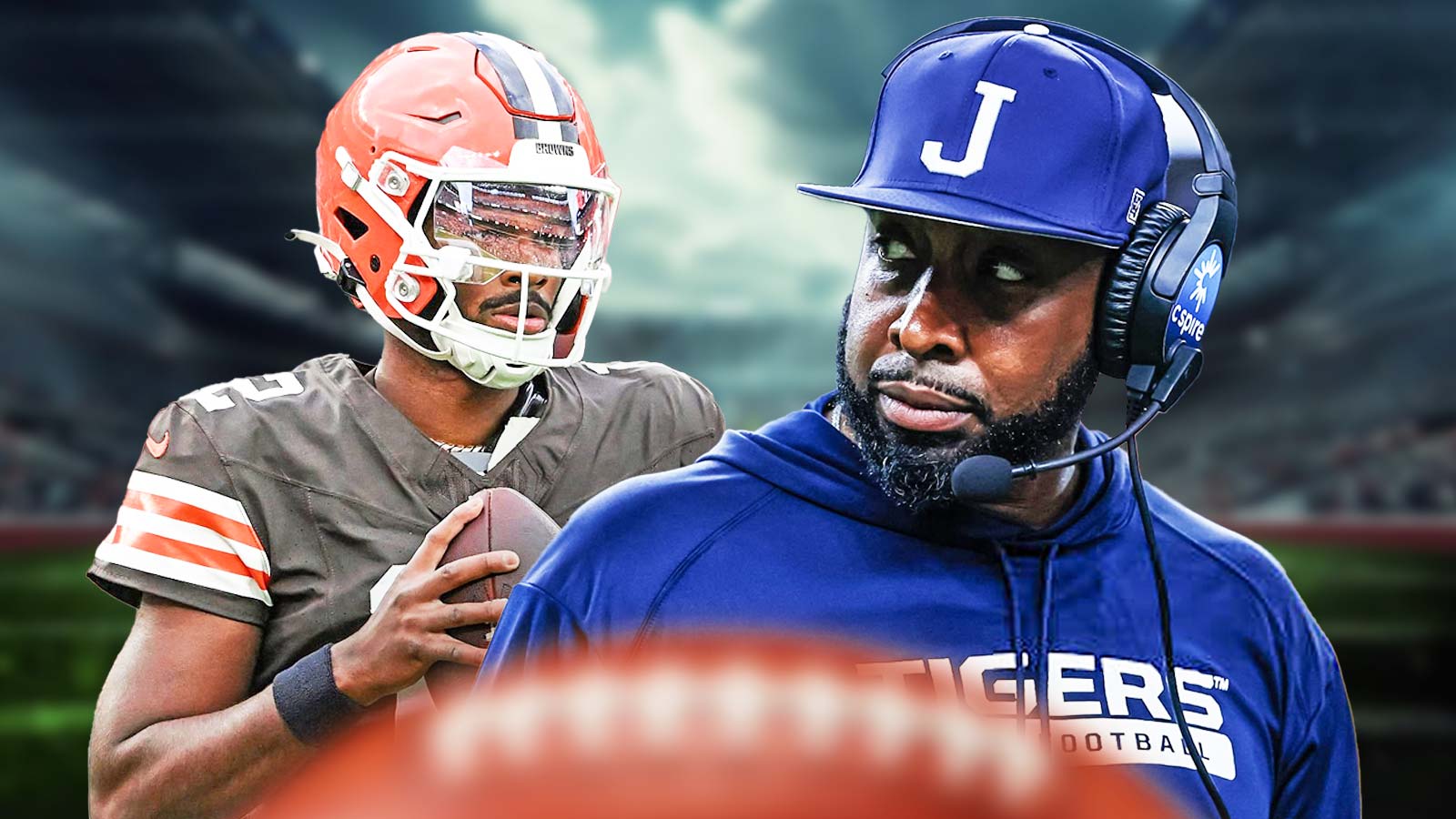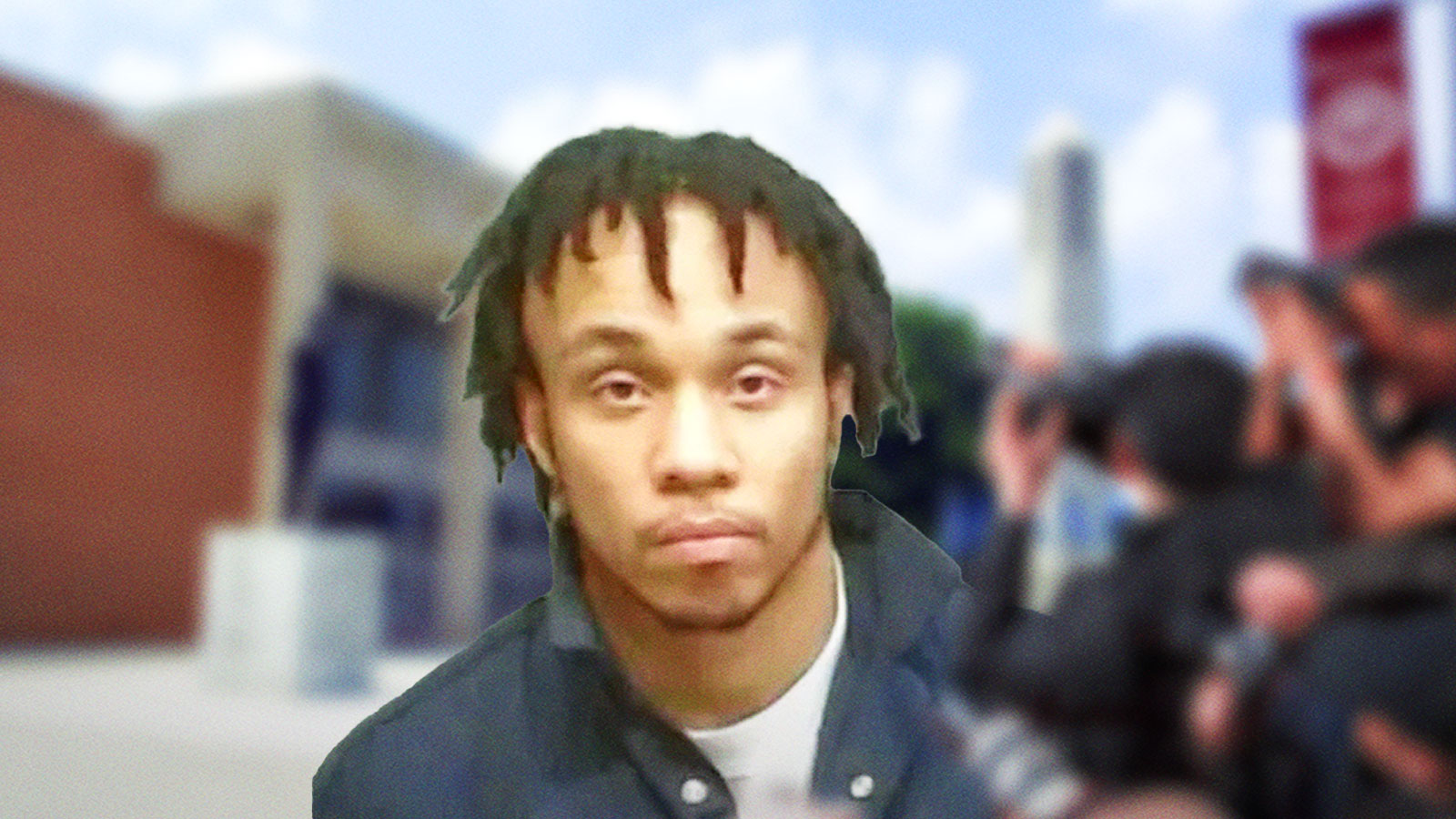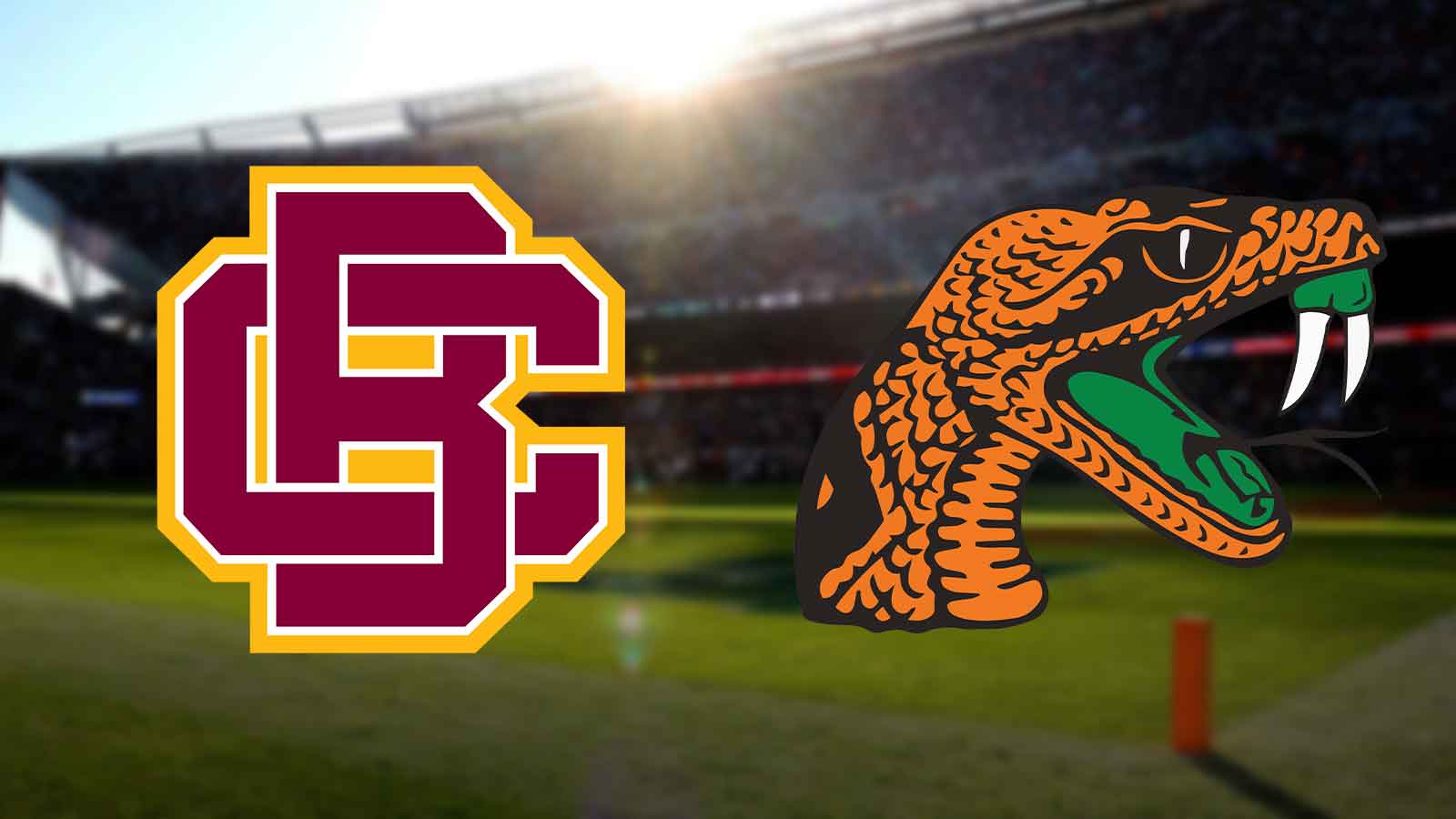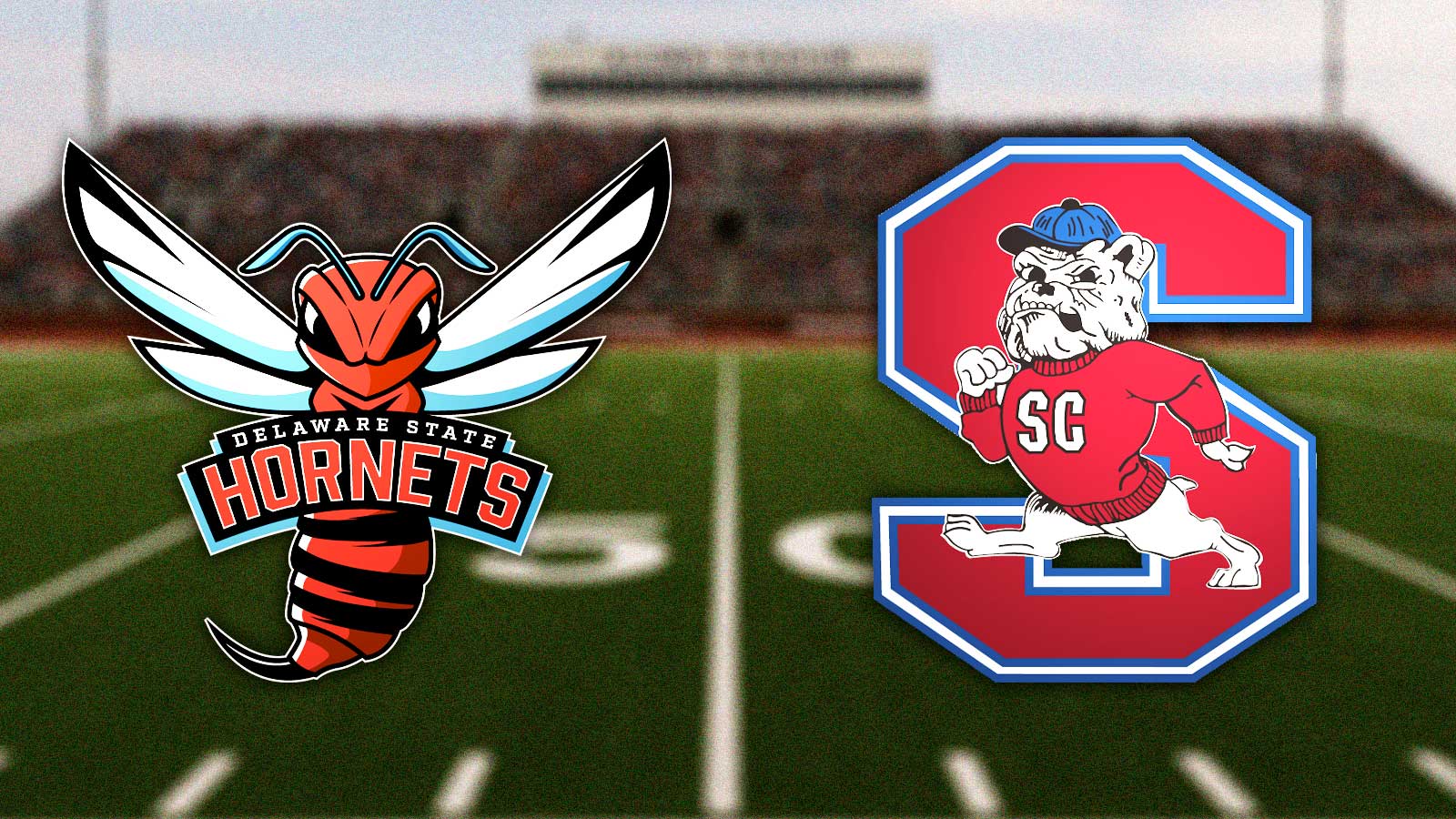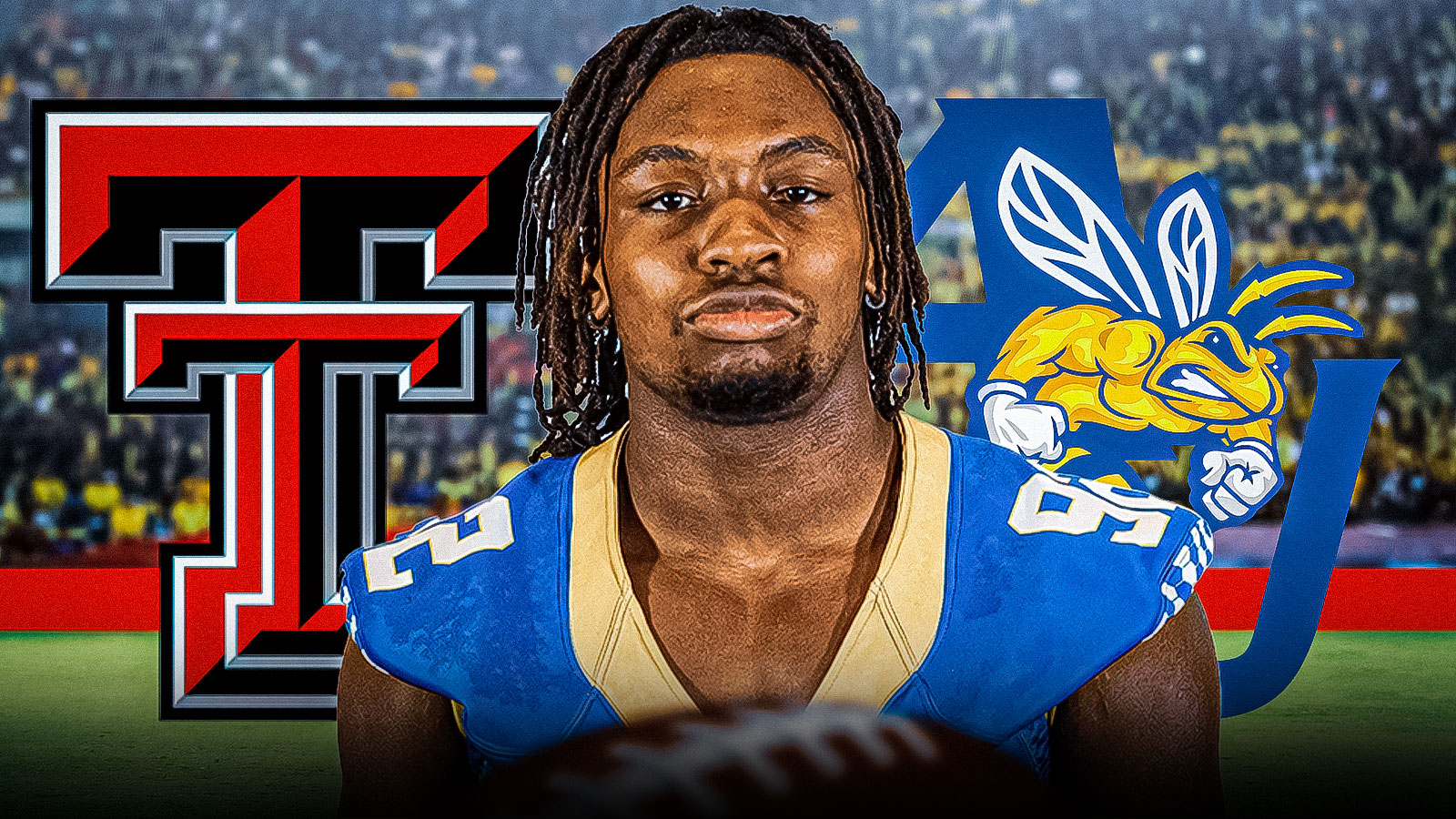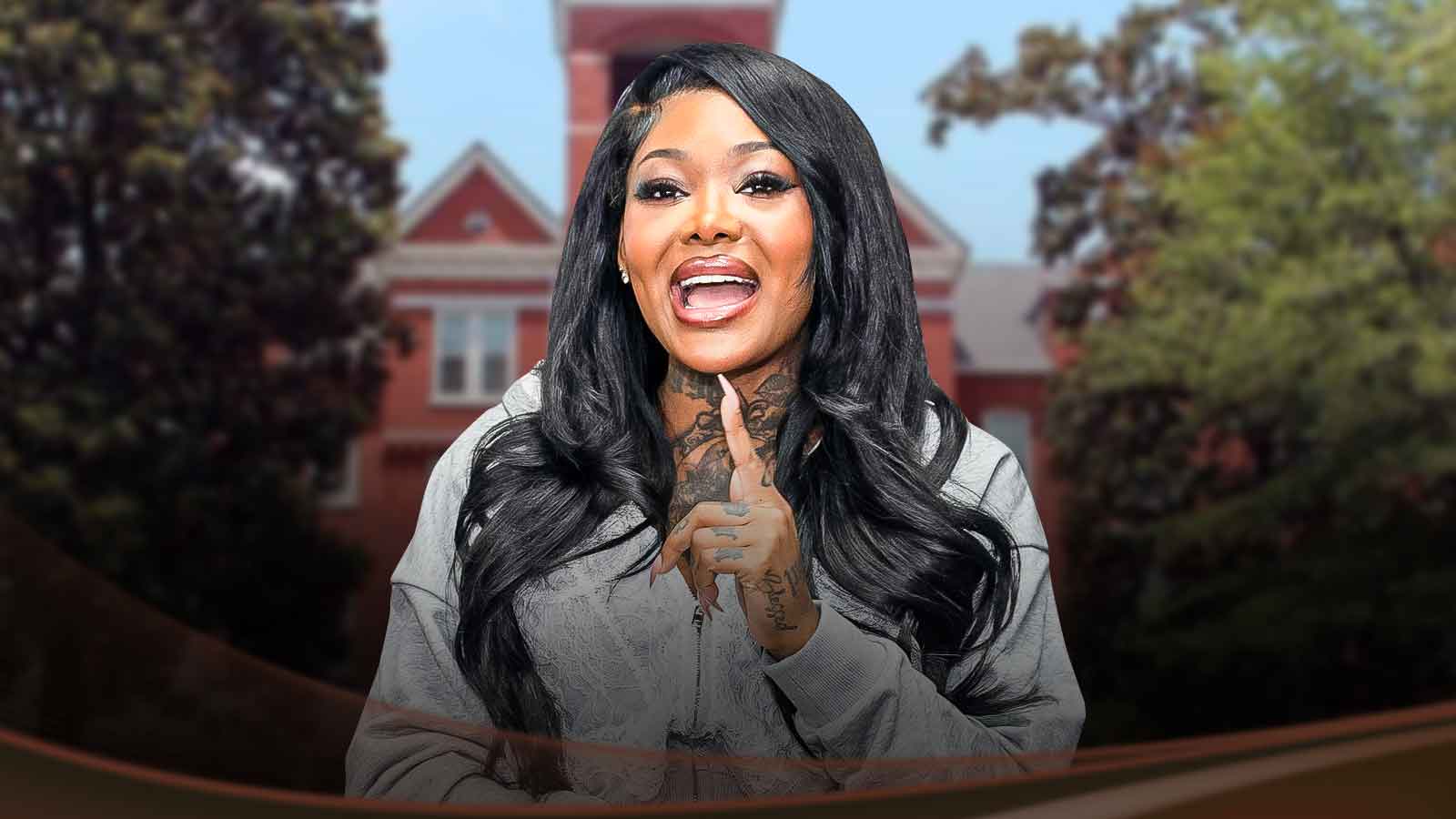HBCU basketball fans left the WNBA Draft happy as they witnessed another former HBCU athlete hear their name called in the 2025 NBA Draft. Former UAPB star Zaay Green was selected with the 32nd pick in the draft by the Washington Mystics. Green's journey to the WNBA is awe-inspiring and inspirational, given her triumph from her injury setbacks to graduating from her HBCU and then playing at the highest level in the SEC for Alabama.
But HBCU hoops fans were also dumbfounded that Norfolk State star Diamond Johnson, arguably the best HBCU women's basketball player in the country, wasn't selected in WNBA Draft after a historic season for the Spartans. Johnson, alongside fellow Spartans star Kierra Wheeler, helped lead the team to a program-record 30 wins, a perfect conference record, and the MEAC regular season and tournament titles. The Spartans, who were undefeated in conference play, won 19 consecutive games entering the NCAA Tournament, with the winning streak starting in late December with a victory at Auburn.
Johnson also showed her immense skill in Norfolk State's March Madness first-round matchup against Maryland, in which she finished with 18 points and four three-pointers made in her team's 82-69 loss. Johnson proved herself as a dynamic shot creator and was on the radar of the larger college basketball world, winning numerous awards in-season for her play and was named to several awards watch lists.
Johnson not making a WNBA team's draft board is disheartening as it seems as if it is a trend among sports that are best and brightest athletes at the HBCU level aren't selected unless they transfer to a Power 5 institution, a trend often seen in college football. Even with her HBCU ties and well-earned bachelor's degree from the University of Arkansas at Pine Bluff, Zaay Green was drafted as an Alabama player. It is likely that the Mystics evaluated her skills and talent by observing her performance with the Crimson Tide.
Yet, Johnson has a similar story to Green but in reverse. Diamond Johnson started her career as a five-star recruit in the same 2020 class as Paige Bueckers, Caitlin Clark, Angel Reese, Cameron Brink, and Kamilla Cardoso. She was, in fact, ranked the sixth best player in that class. While in her college journey, she had stints at Rutgers and North Carolina State before eventually landing at Norfolk State. At each of her stops, she showed her five-star level talent.
As a freshman at Rutgers, she averaged 17.6 points, 4.3 rebounds, 2.5 assists, and 2.3 steals per game, earning spots on the All-Big Ten Second Team and the All-Freshman Team. At North Carolina State, she was named the 2022 ACC Sixth Woman of the Year as a sophomore. In her junior season, despite being limited to 22 games due to an ankle injury, she earned second-team All-ACC honors, averaging 12.3 points, 4.2 rebounds, and 3.5 assists while shooting 41.6% from the field.
She then transferred to Norfolk State and continued her streak of success. During her time with the program, she led the Spartans to back-to-back conference championships and consecutive March Madness appearances, where the team played Stanford and Maryland, respectively. Yet, she didn't hear her name called.
To date, only seven players have been drafted into the WNBA from HBCUs, with former Jackson State star Angel Jackson being the most recent selection by the Las Vegas Aces in the 2024 WNBA Draft. At first glance, it’s surprising that more HBCU talent hasn’t made its way into the league. Many HBCU women’s basketball players have demonstrated their skill, with some even transferring to power conferences to compete at higher levels like Green. Yet, the number of HBCU players drafted remains exceptionally low.
Admittedly, the limited number of draft spots in the WNBA poses a challenge. For instance, standout players like Oregon’s Deja Kelly went undrafted this year, and even notable names like TCU's Hailey Van Lith and South Carolina's Te-Hina Paopao were selected lower than many expected based on their impressive college careers.
The bigger question, however, is why HBCU players seem to be consistently overlooked, even those with experience competing in tougher conferences. The WNBA’s history of drafting from HBCUs feels reminiscent of the NFL and NBA, where similar patterns of underrepresentation have been observed over the past ten years. It raises concerns about barriers that persist for players from these institutions, regardless of their talent or potential.
Over the past five years, we've seen two instances where no HBCU players were selected in the NFL Draft: 2021 and 2024. In 2023, only one HBCU player was drafted—former Jackson State defensive back Isaiah Bolden. Similarly, the NBA hasn't drafted an HBCU player since Kyle O'Quinn, who was selected in the second round of the 2012 NBA Draft by the Orlando Magic after leading Norfolk State to a historic upset of Mizzou in the 2012 March Madness tournament.
Despite increased national broadcasts of HBCU games, victories over “tougher” opponents, and off-season all-star showcases, HBCU athletes continue to face a significant perception issue. The stigma persists that HBCU athletics are inferior, leading to talented players and successful teams being overlooked as “not good enough” to compete at the highest levels.
This perception is especially damaging in the NIL era, where HBCU programs struggle to recruit and retain top talent. It's why Norfolk State men's basketball coach Robert Jones called mid-major programs “glorified JUCOs” following the loss of Spartan guard Brian Moore Jr. to the transfer portal
“This is now a glorified JUCO. This is like Norfolk State Community College,” Jones said in comments to WAVY's Jaems Kattato. “And when I say that, not because of the people or anything like that — but it’s just the way it is. JUCO coaches, I have so much more respect for them these days, because they have to get a new team every year/every two years. Now we gotta get a new team every year/every too so we’re basically a glorifed JUCO.”
He continued, “Until mid-majors — and not just Norfolk State — get the money that high majors have, we’re never going to be able to keep kids for a long time. It’s easy to get ‘em but it’s hard to retain ‘em. You can get them because there’s a lot of kids that want the opportunities. But once they get the opportunity and they blow up, it’s hard to retain ‘em. Because now the big boys are going to come.”
HBCU athletes not being drafted to the pros creates a narrative among athletes that attending an HBCU may not be a viable path to professional sports. This mindset is not only discouraging but also represents a major challenge for HBCU athletics to overcome. Professional sports executives and scouts need to take a closer look at the wealth of talent available at the HBCU level. As they evaluate these players, they must also have the courage to invest draft capital in them.
Diamond Johnson is a highly skilled player who could undoubtedly be signed as an undrafted free agent and compete for a roster spot on any of the 13 WNBA teams. There are many other athletes in HBCU football and basketball who have the same potential as undrafted free agents.
For student-athletes to succeed, teams need to invest in them by using draft picks. Being drafted provides access to resources and opportunities that undrafted players often miss. While a roster spot isn’t guaranteed for anyone, drafted players gain a sense of security and recognition. Prioritizing HBCU athletes in the draft also elevates the reputation of the programs, which we saw in Eddie G. Robinson's 56-year tenure as the head coach of Grambling State University. This recognition helps HBCUs attract and retain top talent as it gives these programs something else to recruit athletes with.
It’s not the responsibility of sports executives or scouts to make statements or assist HBCUs with recruiting. However, it’s hard to believe that among the 40+ HBCUs competing in football and men’s and women’s basketball at the Division I and II levels, there isn’t a talent deserving of being drafted.

